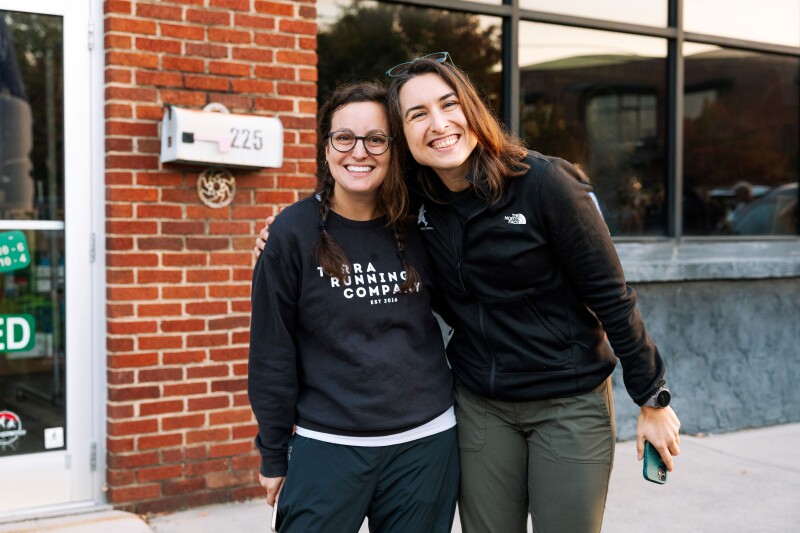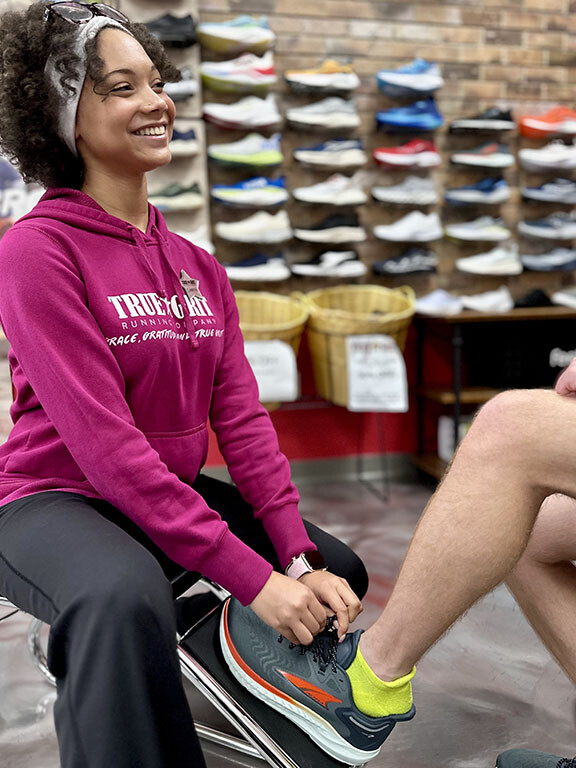Interested in seeing the future of retail in a (hopefully) post-pandemic world? Then you should read a recent item in The Robin Report, by well-known writer Robin Lewis, who recently conducted a survey to check the retail industry’s pulse regarding how their business is being affected by the three major issues and challenges of the day: COVID-19, the economy and social injustice.
The report provides an understanding of the short- and long-term views on the U.S. economy and how business models would be transforming, as well as some new operational functions driven by the virus that will stick going forward.
The overwhelming takeaway is that the consumer will determine the future of retail — not the brands or the retailers themselves. The consumer is always, and now more than ever, in the driver’s seat. Pre-pandemic, armed with technology – and most importantly the smartphone which made each consumer the point of sale – they were already driving huge shifts in the retail ecosystem.
Lewis writes that if a retailer was headed in the right direction and well-capitalized pre-virus, they might get a short-term reprieve, but he then suggests that they take whatever money they can get for their dying business and run (away from it).
COVID-19 is forcing the acceleration of a transformation retailers were already making pre-virus to serve tech-armed consumers. “Furthermore, and from a morbidly ironic but positive perspective, the pandemic and collapsing economy is wiping out a big chunk of excessive stores and malls,” Lewis writes.
Among the other findings of his research:
• While many major retailers were teetering on the edge prior to the coronavirus, including Neiman Marcus, JC Penney, J. Crew and others, it’s possible that the more iconic brands, such as those mentioned, will get rescued in bankruptcy by P/E firms and those malls (primarily Simon Properties, who have a major interest in keeping anchor tenants alive, lest they lose income from smaller brands, whose lease agreements include rent reductions if the anchors leave).
• UBS analysts predict that 100,000 stores will be shuttered by 2025. It has also been estimated that of the roughly 1100 malls in the U.S., the 800 or 900 B, C and D malls would either have to be transformed into mixed-purpose destinations or shuttered.
• During the pandemic shutdown, consumers learned how to love shopping online. Rather than putting on a mask to trek back to an unpleasant distancing experience, they will opt for the convenience of either having their online purchase delivered or they will pick it up in the store or parking lot. According to most experts, online shopping could reach as high as 50 percent, depending on the category.
• By definition, physical footprints will shrink and any new store openings will be smaller and easily accessed by targeted consumers. Again, due to increasing online business and the use of data analytics, the surviving retailers will be able to accurately curate assortments for both online and in-store shoppers, as well as in the smaller neighborhood stores.
• The move to less, but correct inventory, greater efficiency and higher margins will emerge in the new normal. This, too, is a result of superior data analytics and knowing the personalized desires of each consumer.
• Regardless of their demographics, many consumers lost jobs and are coming out of the pandemic on very shaky financial underpinnings. They will be frugal and very selective in whatever they choose to buy. This characteristic was beginning to define the young consumer cohort well before COVID-19. It will just be more pronounced now.
• Before the pandemic, another accelerating trend among the dominant young culture was their growing disinterest in accumulating stuff, particularly linked to their concerns about the planet. Thus, along with financial concerns coming out of the virus, they will be more efficient and selective in their consumption.
• Also trending prior to the crisis, and which continues to accelerate, is the control, greater efficiency and productivity, less costly and differentiation that ownership of one’s supply chain provides. This verticalization provides the capability to get the right product to the right consumer, when they want it, where they want it, how they want it and how often.
“As for their short-term outlook, readers remain severely impacted by the virus; however, they are significantly more positive now than they were four months ago,” Lewis says, with 44 percent saying the short-term coronavirus impact will be severe, compared to 61 percent earlier.
To read the entire article:
www.therobinreport.com/signals-of-a-new-normal/





